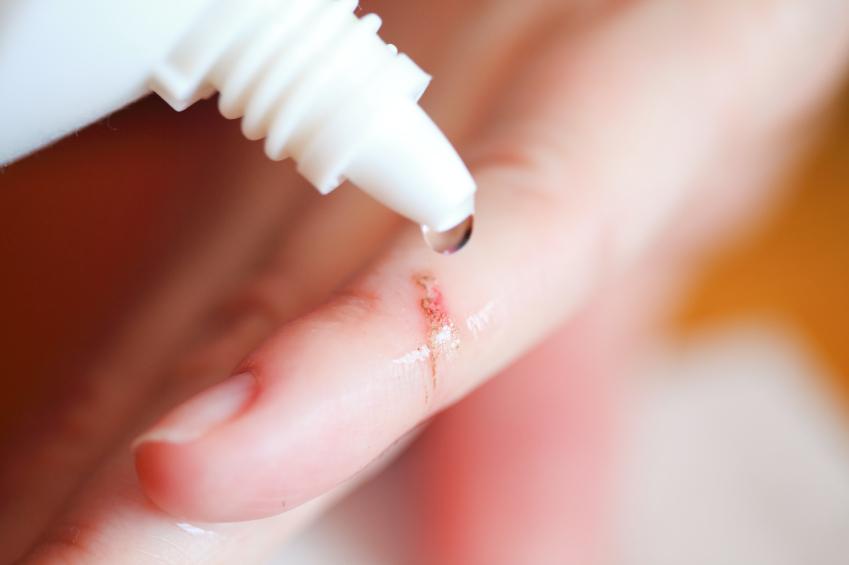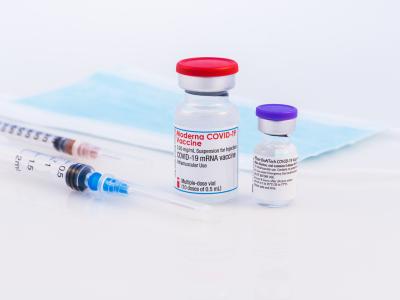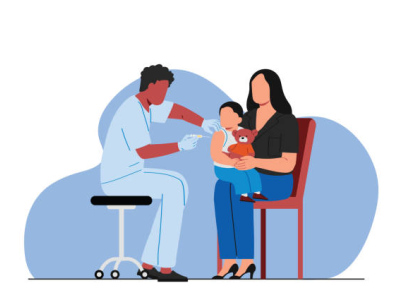With skin and soft-tissue infections (SSTIs) on the rise, the Infectious Diseases Society of America (IDSA) has updated its guidelines for managing them, stressing that many infections heal on their own or can be treated without antibiotics.
SSTIs prompt more than 6 million visits to doctors' offices each year, and emergency room visits due to such infections jumped from 1.2 million in 1995 to 3.5 million in 2005, fueled in large part by methicillin-resistant Staphylococcus aureus (MRSA), the IDSA said in a press release today.
The guidelines were published yesterday in Clinical Infectious Diseases.
Dennis L. Stevens, MD, PhD, lead author of the guidelines, said in the release that the diagnosis and treatment of SSTIs can be extremely complicated. He is chief of the Infectious Diseases Section of the Veterans Affairs Medical Center in Boise, Idaho.
"We've provided guidance to help physicians make the correct diagnosis, establish the source and cause, and determine the severity of infection, which is crucial," Stevens said. "Antibiotics are life-saving drugs for many types of SSTIs, but should only be given when needed, and these guidelines will help physicians know when they are and are not necessary.”
About half of SSTIs are caused by Staphylococcus ("staph") bacteria (including MRSA) and are purulent, meaning they produce boils or abscesses that contain pus, said Stevens.
The rest are caused by non-staph bacteria such as Group A Streptococcus (GAS), which produce toxins instead of pus, and are more likely to be severe and even deadly, causing serious infections such as cellulitis, necrotizing fasciitis ("flesh-eating" bacteria), or gangrene. They require speedy diagnosis, surgery, and antibiotic treatment, the guidelines note.
Key features
The guidelines include a chart to help physicians quickly diagnose and treat an SSTI on the basis of whether it is purulent and on its severity. In general, the IDSA said, doctors should be most concerned when a patient with an SSTI—purulent or non-purulent—has a fever above 100.4°F, a high white blood cell count, a rapid heart rate, or rapid breathing, or is immunocompromised.
The guidelines include extensive information on treating SSTIs in immunocompromised patients, which is challenging because they often have already been exposed to a number of antibiotics and their infections may be resistant to those typically prescribed, Stevens said.
The SSTI guidelines were last updated in 2005, the IDSA said. As with other IDSA guidelines, the panel of authors followed a process that included use of the GRADE (Grading of Recommendations Assessment, Development, and Evaluation) system to weigh the strength of recommendations and the quality of evidence supporting them.
See also:
Jun 18 IDSA guidelines in Clin Infect Dis
Jun 19 IDSA press release
























